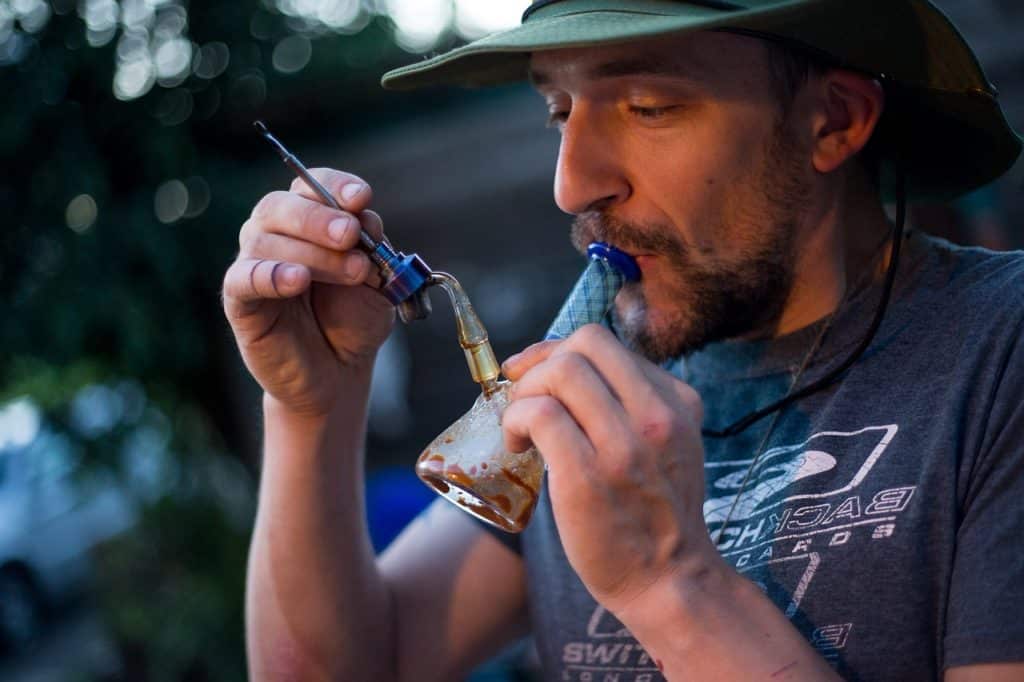
The process of dabbing may be quite foreign to people who are used to smoking cannabis flowers. Dabbing not only requires unique equipment that you probably don’t just have laying around the house, but it even requires you to acquire cannabis concentrates that you might not otherwise be acquainted with.
There is a lot of mixed messaging when it comes to how we are supposed to think about dabbing. Some of these discrepancies in reporting can simply be chalked up to the subjective nature of experience, there is also a lot of bad information that is currently in circulation.
In this guide, we take a complete and uncompromising look at the world of dabbing and the different concentrates you can use to dab.
What is Dabbing and What is a Dab?
To dab, the user heats a base, known as the “nail”, to incredibly hot temperatures using a blow torch. The nail should reach a temperature somewhere between 350 to 375 degrees. When the nail has been heated, the user picks up a dab of concentrate on their steel dab tool and then places the concentrate on the base or nail and inhales through the rig.
Dabbing is a little like vaping in that the way the cannabis is heated is designed to vaporize the THC present on marijuana, oils, or wax. That vapor is then filtered through a water pipe known as a rig to make it even easier on your lungs. While all of that is great, it demands a process that is a little more complicated than simply rolling a joint.
It’s important to note like with all cannabis, start small, because dabs pack a big punch.
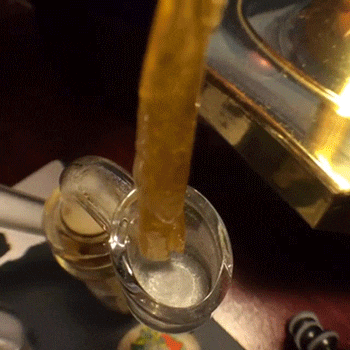
Dabbing vs. Weed
While dabbing is indeed one of the many popular ways of ingesting cannabis there are a lot of important differences that distinguish this method from others. THC content is perhaps one of the most important.
Premium dispensary grade flower tends to feature a THC level that maxes out at around 16% (though it is certainly possible to find more potent strains). Measuring the THC in a dab is a little trickier for a variety of reasons. For one thing, it can be very hard to determine the average size of a dab because it may change from person to person or smoking session to a smoking session.
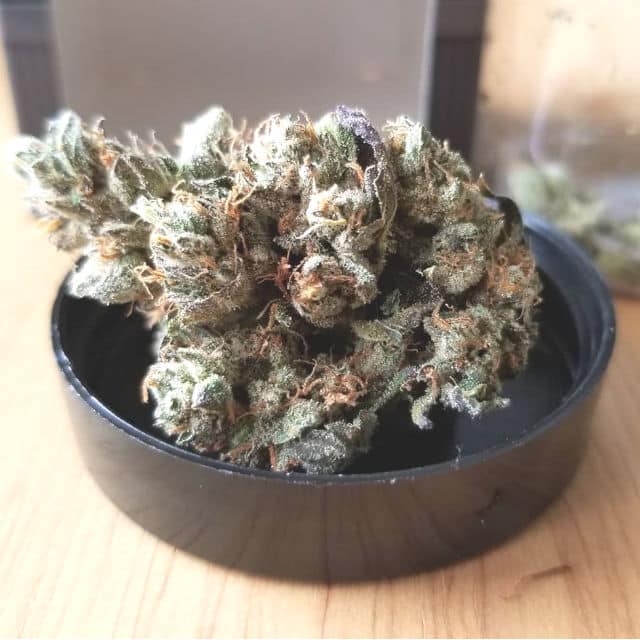
Similarly, there may also be very different levels of THC present depending on if you are using oil, weed, or wax. Even with all of those caveats factored in, however, it is widely understood that dabbing is significantly more potent than combusted marijuana. Butane hash oil can easily contain THC levels that surpass 70%, meaning it’s not for rookies.
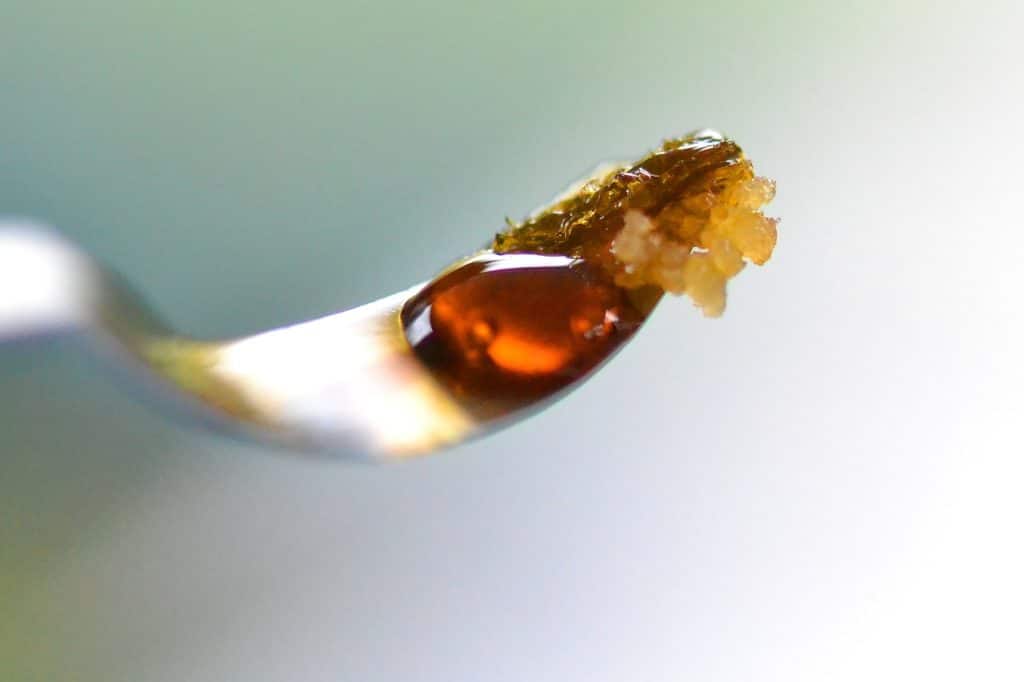
Ultimately, when it comes to comparing dabbing to smoking, the differences probably outweigh the similarities. It’s a little like comparing the difference between having a beer versus taking a double shot of Everclear. While both activities all into the same realm of human behavior, the ultimate results will usually be much different.
Types of Dabs: Wax & Oils
As with all things relating to the world of cannabis, there is a whole sub-culture full of different terms and products that you should understand before you pursue your first dabbing session. In this section, we highlight a variety of different types of concentrates, waxes and oils used for dabbing.
Budder
So-called “budder” is a waxy cannabis byproduct that takes on a creamy almost peanut butter-like appearance.
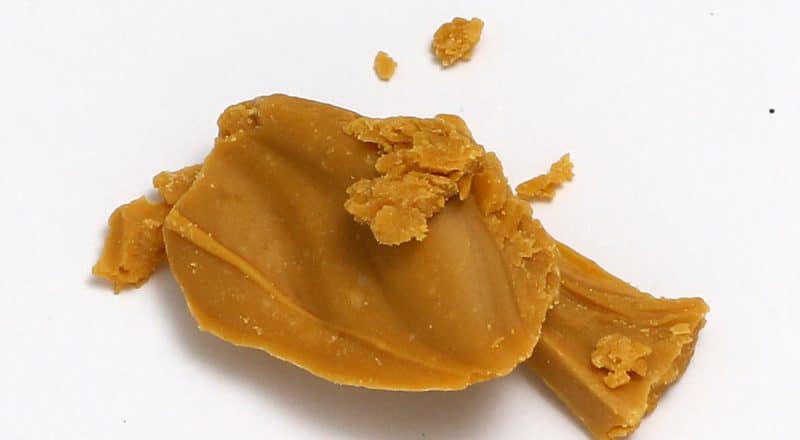
BHO (Butane Hash Oil)
For most people, BHO is what comes to mind when they think “Dabs”. BHO refers to a concentration of THC, terpenes, and CBD that have been extracted from the cannabis plant using a butane based solution.
The term actually refers more to the extraction process than the finished product, and BHO may feature a variety of different consistencies.
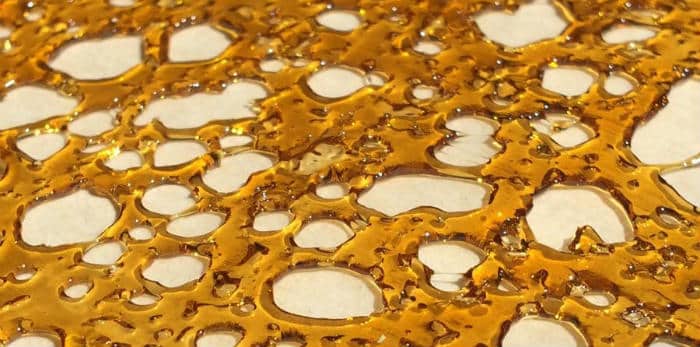
Shatter Wax
Shatter is a solid but sticky cannabis concentrate that breaks off into smaller “glass shard” like pieces. They are easy to pick up and break a part when dabbing.
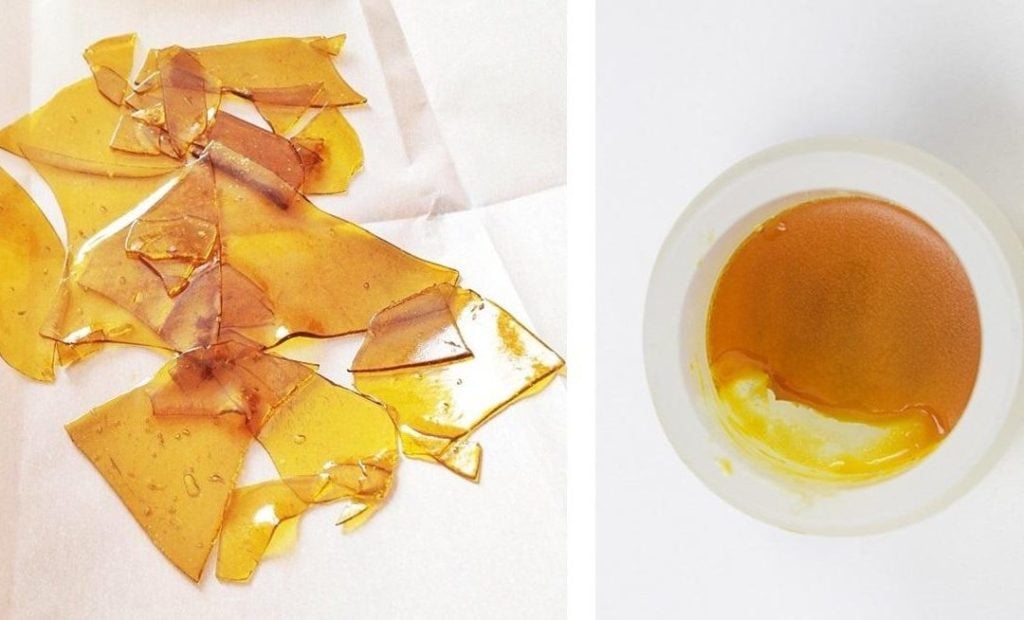
Honeycomb Wax
Honeycomb wax created similar to shatter except when laid out to dry it creates tiny holes and bubbles that look very similar to a bee’s honeycomb.
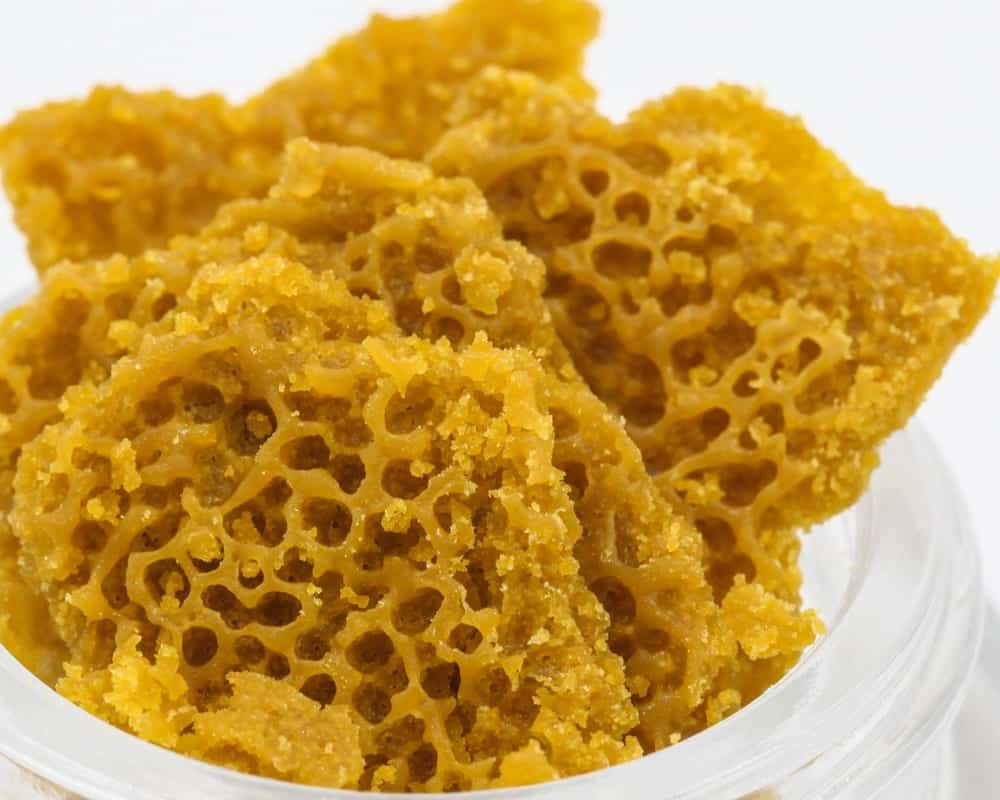
CO2 Oil
Co2 oil is any oil that has been extracted using a combination of Co2 and pressure. The consistency tends to be very soft or even runny and may take on an appearance that is similar to that of honey.
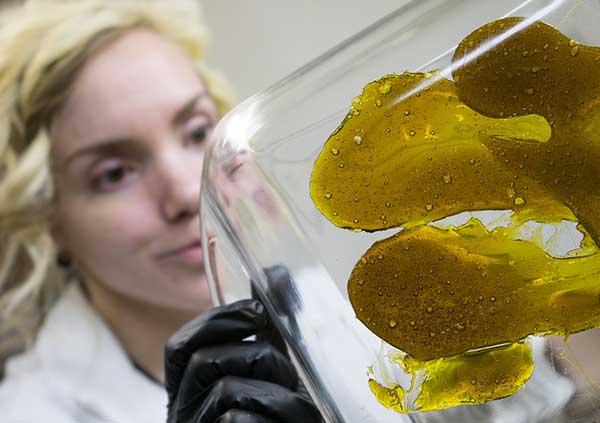
Concentrates
Another broader term that refers to any extract consisting of a concentration of THC.
For a full guide to concentrates check out our complete guide here.
There is not necessarily a hierarchy when it comes to concentrates. Any one of the aforementioned products can be used successfully for dabs. That said, dab rigs do favor concentrates of a stiffer nature, as these products tend to have a much easier time maintaining the ideal position on the rig.
How are Dab Concentrates Made?
The concentrates are then stored in a high-pressure, low-temperature setting. The exact specifications of temperature versus pressure can vary significantly depending on the desired consistency. These discrepancies then account for the various products listed above.
A similar process can also be performed using carbon dioxide. Co2 based oil is usually considered a little bit safer and produces a discreet odorless product that is otherwise indistinguishable from BHO.
Dabbing Rigs
Dabs are most commonly ingested through the use of a pipe known as a “dabbing rig”. Dabbing rigs are water pipes that feature a nail instead of a bowl. Because of the high levels of heat that are required to accomplish a dab, rigs require the use of a butane torch rather than a lighter.
The heated concentrate then filters through the pipe’s water basin where it is purified before reaching the user’s lungs.
Different Types of Dabbing Rigs
Like any smoking apparatus in the world of cannabis, there are a wide range of different products that fall into the category of “dabbing rig.”
Glass Dab Rigs
Glass dab rigs are what usually come to mind when you hear the word “rig.” They are a medium-sized water pipe that usually maxes out at around 12 inches, and they largely bear the appearance of a bong.

Portable Rigs
Portable travel dab rigs are half the size as a normal rig. A mini rig might stand at between 6-7 inches, and feature a thicker glass that will be better suited to withstand the wear and tear of the road. Most of these rigs are electronic and heat up without the need of a blow torch.

Recycler Dab Rigs
Recycler rigs are similar to the standard glass dab rig but they are usually larger size. Most have multiple percolators that are designed to facilitate a much smoother smoking experience.
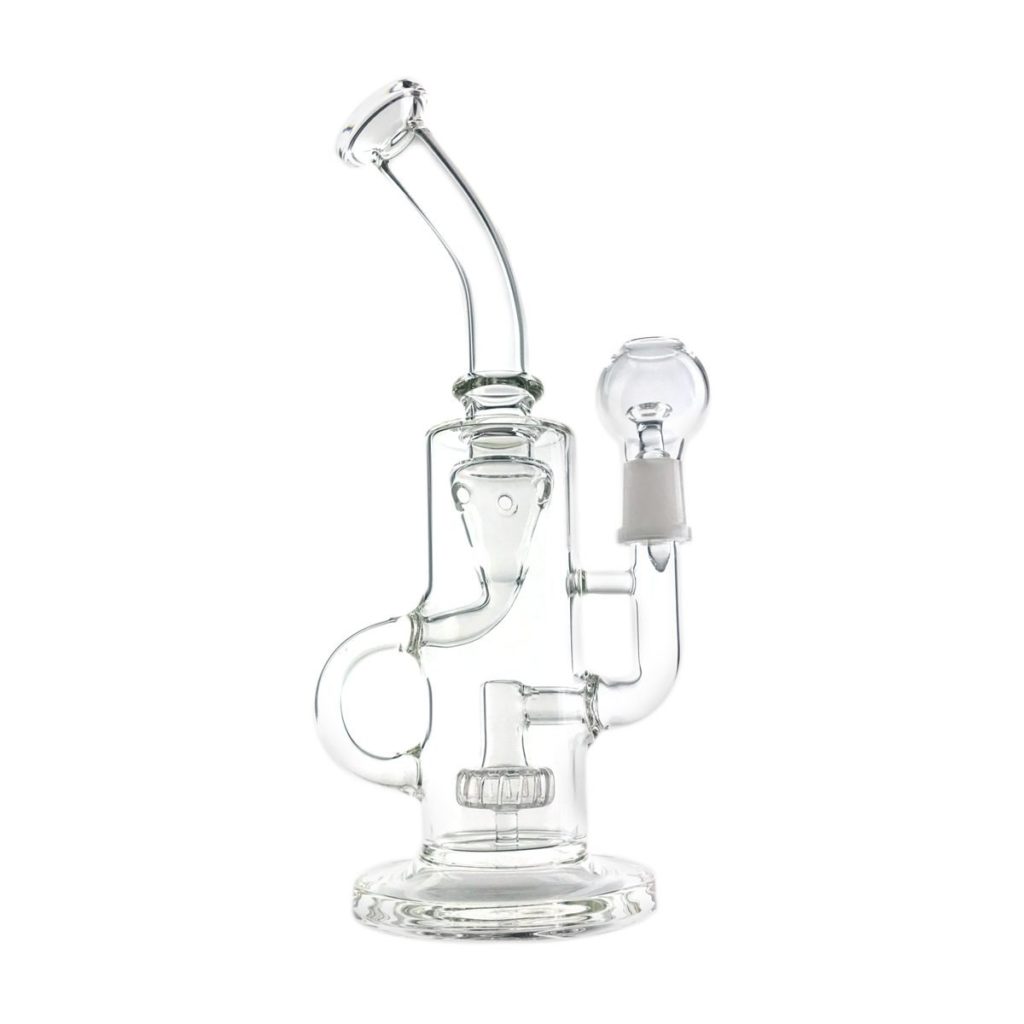
Dab Rig Tools
In order to use a dab rig, you’re going to need to have a few essential tools nearby.
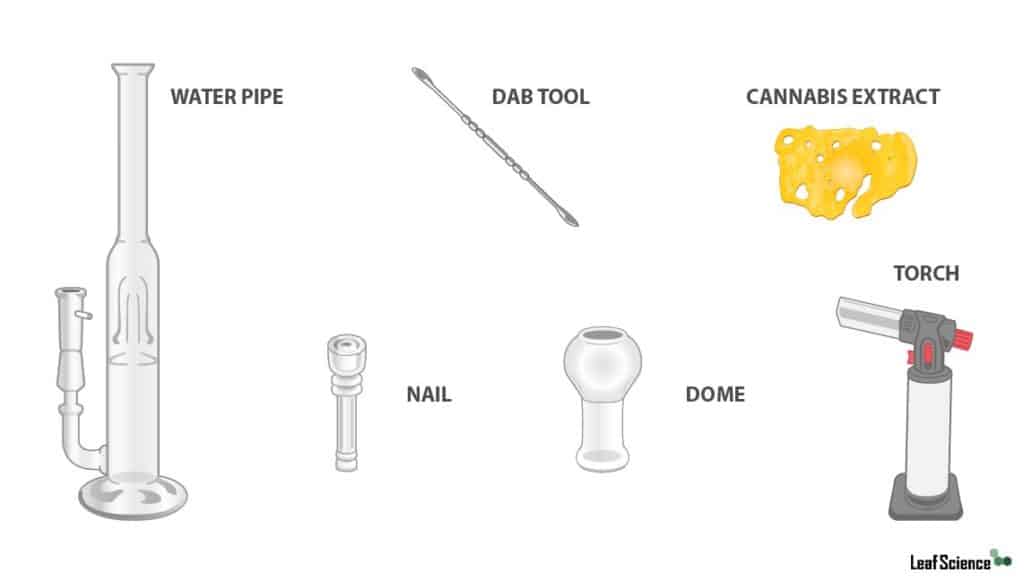
- Dabbing Nail – This is what you heat up and touch the concentrate to in order to create vapor/smoke
- A Glass Dome – This is what the dabbing nail sits in
- Dab tool or Dab Wand – This is what you use to pick up the dab and smoke it
- A Carb Cap – Once the dab lit, you put this over the top of the nail to create a carb so you can inhale all the vapor within the rig
- A Torch – Used to heat up the glass nail
How to Smoke Dabs and Use an Oil Rig
As already explained to a certain extent, the process of using an oil rig is significantly different than that of smoking a joint. Before you can begin you need to have in your possession the rig itself, a nail (the heating surface that typically but not always comes with the rig), and a butane hand torch.
The user begins by filling their rig with water up to the specified point. They then (very carefully) activate the torch and heat the nail. Caution should be emphasized at this stage of the process because there have been many very serious injuries associated with the improper use of an oil rig.
You can determine when your nail has been properly heated by placing your hand about five inches above it. It should feel warm but not hot. If the nail smokes or turns red, you have heated it too much and should wait up to 20 seconds before placing the concentrate on the surface.
What comes next should be easy. Apply the dab carefully to the nail, and begin to inhale slowly. By the time you exhale, you will have successfully completed your first dab.
Benefits & Risks of Dabbing
Now you know quite a bit about the background of dabs, but what are the benefits? The risks? In this section, we discuss what is good about dabbing, and also reflect on some reasons why it might not be right for everyone.
Benefits of Dabbing
One of the biggest benefits of dabbing is that it is considered a smokeless form of consuming cannabis. When your dab rig is used correctly, the nail vaporizes the THC without actually combusting it and then filters the vapor through the water to ensure that the substance going into your lungs is at least relatively clean.
There is a caveat though: Dab rigs quite often get too hot, resulting in combustion rather than pure vaporization. You can usually tell if your dab has combusted in one of several ways. For example, you may see a stream of smoke coming from the nail. You may also hear a sizzling sound.
Dabbing oil may also just give you a little more bang for your buck. Though concentrates are a lot more expensive than regular flower, they also go a lot further. A single dab is usually sufficient for even an experienced smoker which means that a gram of concentrate will probably go a lot farther than a gram of flower.
Indeed, the enhanced potency may be a benefit in its own right for seasoned cannabis users who have begun to witness an experience of diminishing returns with their marijuana habit. Even high tolerance users are sure to find that a dab has something to offer them.
Risks of Dabbing
Those things said, there are some risks associated with dabbing as well. One of the risks comes directly from the process that is required to use a dab rig. Dab rig nails have been known to crack, or even shatter when they are overheated which has produced serious injuries.
Naturally, other more abstract risks can come about from handling a butane hand torch when you are not of a completely sound mind. A number of severe burns, explosions, and fires have resulted from improper dabbing practices.
The pure intensity of dabbing has also produced a number of undesirable side effects in some users. Side effects include paranoia, rapid heartbeat, blackouts, and even inexplicable itchiness.
In rare cases, dabbing has also produced psychotic effects that include hallucinations. If you are not sure how your body will respond to a dab, it is recommended that you start slowly, and enjoy your concentrates in a safe, controlled environment.
- Psilocybin Mushrooms in Colorado | Is It Legal & Where You Can Get Some - April 20, 2024
- Weed Measurements Guide: Marijuana Quantities, Weights & Prices - July 1, 2023
- Moldy Weed | Risks, Identification, and Smoking Safety - June 24, 2023
